It is important that the UV adhesive not only sees the correct frequency of UV but also has sufficient intensity. The UV lamp is an essential part of the process and many different UV lamps are available to suit a wide range of applications and budgets. Light sources can range from a simple bench-top open unit through to a fully automated conveyor system with several lamps, incorporating special fixturing to hold the components in place during the cure cycle.
UV flood-light sources can produce relatively large quantities of infrared radiation [2], which can result in significant heating of the components if long cure times are required. In this situation care must be taken when positioning the components and in the design of fixtures. Special reflectors can also be used to focus the UV light for maximum efficiency and to reduce the infrared heat.
UV light guides (or ‘wand’ systems as shown in Figure 1.15) are often specified for small components as these units produce high-intensity light over a diameter of about 10 mm.
|
|
Most UV lamps do not respond well to being switched on/off repeatedly as this can reduce the life of the UV bulb, but light-emitting-diode (LED) curing systems are now available and these can offer a much longer bulb life.
The LED lamps (Figure 1.16) emit a relatively narrow spectral output at high intensity (Figure 1.17) so it is essential that the LED lamp matches the UV adhesive photoinitiator closely.
|
Figure 1.16 Basic diagram of an LED lamp |
|
300 350 400 450 Wavelength (nm) Figure 1.17 LED spectral output 1.2.4 Curing Adhesive Tack-free |
If a UV adhesive is fully enclosed within two surfaces (as in the application shown in Figure 1.18) there is no adhesive outside the joint and so there is no requirement for a tack-free joint.
|
Figure 1.18 Blood collection units are bonded together with a UV-curing acrylic |
There is no adhesive outside the joint and so no requirement for a tack free finish Where the adhesive may be exposed outside the joint (Figure 1.19), it is expected and it may be essential that the surface of the adhesive should be ‘tack-free’.
Some UV adhesives (especially some of the earlier versions) are slightly anaerobic — that is they are inhibited from fully curing by the presence of oxygen in the surrounding atmosphere at the surface. This sticky or partially uncured adhesive layer is only a few microns thick but can attract dust and in some circumstances can contaminate adjacent components.
|
Figure 1.19 A UV acrylic is used to bond and seal this street lamp sensor and a tack-free surface is required on the exposed surface of the adhesive |
In Figure 1.20 the lamp is producing only UVA wavelength light and so the surface of the adhesive will be sticky. In order to overcome this oxygen inhibition effect,
a lamp that produces higher energy and shorter wavelength (UVC) is required (Figure 1.21) to ensure that a tack-free finish is achieved.
The degree of tack-free cure is to some extent subjective and many of the later — generation UV adhesives will be less susceptible to the oxygen inhibition effect. UV cyanoacrylates and UV epoxies, for example, will give excellent tack-free finishes even under relatively low-intensity UVA lamps.
 7 сентября, 2015
7 сентября, 2015  Pokraskin
Pokraskin 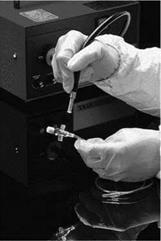
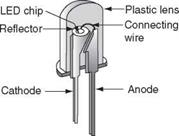
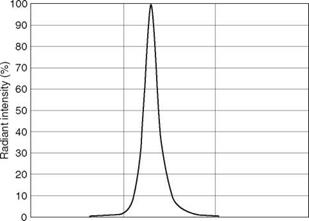
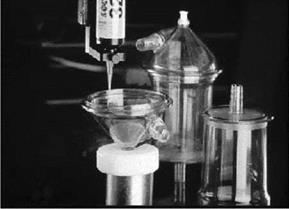
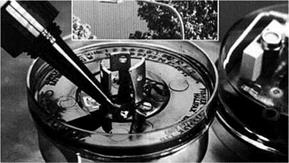
 Опубликовано в рубрике
Опубликовано в рубрике 